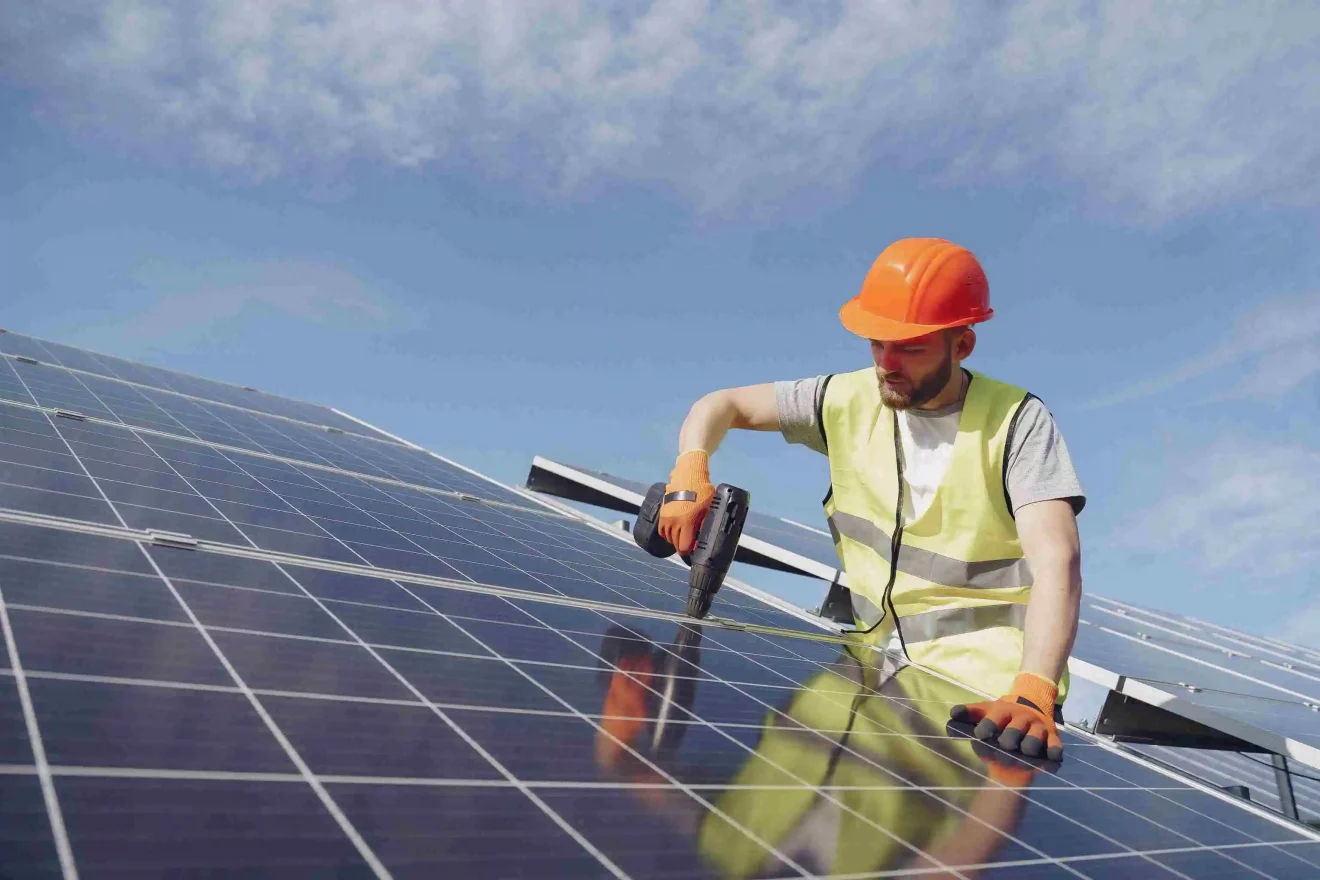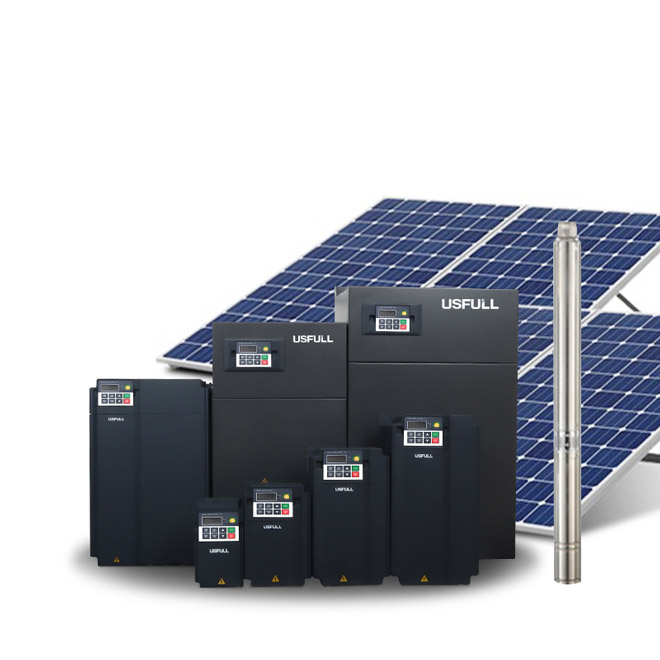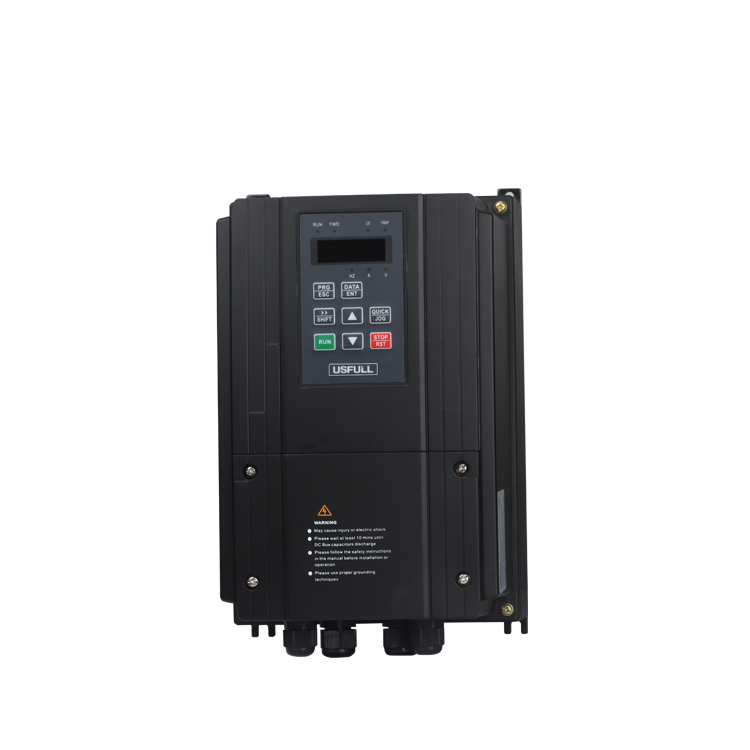Introduction
On February 27, 2025, US President Donald Trump announced an additional 10% tariff on Chinese products, set to take effect on March 4, 2025. This brings the total tariff on Chinese goods to 20%, with certain products, including solar panels, steel, and aluminum, seeing a staggering 70% tariff. These new tariffs impact key Chinese exports such as solar products and lithium batteries, which are crucial in the renewable energy sector.

What the Tariff Increase Means for Chinese Solar Products
With the new tariffs in place, the US will impose up to 70% tariffs on Chinese solar products, including solar panels, solar cells, and wafers. The decision builds on the previous 25% tariff under the 232 and 301 investigations. This means Chinese-made solar products, once tariff-free or subject to a lower tax rate, now face steep import duties, severely affecting their price competitiveness in the US market.
Impact on the Solar Energy Industry and Lithium Batteries
In addition to solar products, lithium batteries—which are essential for electric vehicles and energy storage systems—are also targeted. This tariff increase will elevate the duties on lithium batteries from 7.5% to 25% and could cause significant disruptions in the electric vehicle (EV) and energy storage industries. For example, the tariffs could increase the cost of electric vehicles in the US, potentially raising tariffs to 120% for EVs, directly affecting the pricing of Chinese-made electric cars.
Economic Consequences for Chinese Exports
These tariff hikes have serious implications for Chinese exporters. With the US being a major market for Chinese solar and EV products, especially lithium-ion batteries, the increased tariffs will raise the cost of Chinese products, weakening their competitiveness. China’s lithium-ion battery exports to the US were valued at $15.3 billion in 2024, accounting for 25% of its total exports. This market share may now shrink due to higher costs and more stringent tariff policies.
Global Supply Chain Disruptions
The tariff hikes will not only impact the final products but also reverberate across the entire global supply chain. The production of key materials, such as lithium, carbonates, and nickel for battery manufacturing, will experience higher costs due to tariffs on these raw materials. This disruption may lead to rising prices in the global market, affecting industries that rely on these components.
What This Means for Global Competitiveness
The escalating trade tensions and tariffs on renewable energy products might push Chinese companies to adopt new strategies, such as forming partnerships with international firms, investing in alternative markets, and seeking ways to reduce production costs. By doing so, they may continue to remain competitive in global markets while mitigating the negative impact of the tariffs.
| main type | merchandise | Pre-adjustment rate | Adjusted tax rate | timing of adjustments | China’s Exports to the U.S. Size 2023, USD Billion | Share of total exports of the industry | Share of China’s total exports |
| Steel and Aluminum | Selected steel and aluminum products | 0-7.5% | 25% | 2024 | 181.39 | 8.80% | 0.54% |
| semiconductor industry | semiconductor industry | 25% | 50% | 2025 | 6.51 | 4.63% | 0.02% |
| electric vehicle | electric powered vehicle | 25% | 100% | 2024 | 4.54 | 1.09% | 0.01% |
| Batteries, battery components and parts and key minerals | Lithium-ion Electric Vehicle Batteries | 7.5% | 25% | 2024 | 140.41 | 20.28% | 0.42% |
| Lithium-ion non-electric vehicle batteries | 7.5% | 25% | 2026 | ||||
| Battery components (non-lithium-ion) | 7.5% | 25% | 2024 | ||||
| natural graphite | 0 | 25% | 2026 | ||||
| permanent magnet | 0 | 25% | 2026 | ||||
| Other important minerals | 0 | 25% | 2024 | ||||
| solar cell | Solar cells (whether or not assembled into modules) | 25% | 50% | 2024 | 2.61 | 0.51% | 0.01% |
| Ship-to-shore cranes | Ship-to-shore cranes | 0 | 25% | 2024 | 4.42 | 12.43% | 0.01% |
| Medical Products | Syringes and needles | 0 | 50% | 2024 | 6.10 | 32.57% | 0.02% |
| Certain personal protective equipment (PPE), including certain respirators and masks | 0-7.5% | 25% | 2024 | ||||
| Medical Gloves | 7.5% | 25% | 2026 | ||||
| Note 1: This table counts all commodities in the relevant industries, and since only some of these commodities are subject to tariffs, the size of the commodities involved in this table is higher than the $18 billion announced by the U.S. White House. Note 2: Only syringes and needles and medical gloves are included in the statistics for medical products here, not personal protective equipment. |
|||||||
Conclusion
The new tariff increase on Chinese solar and electric vehicle products is a significant escalation in the ongoing trade war. While it increases the cost of these goods in the US, it will also likely prompt China to adjust its strategy in the global supply chain. The long-term effects will be felt not only by Chinese companies but also by consumers and industries worldwide, especially in the renewable energy sector.



